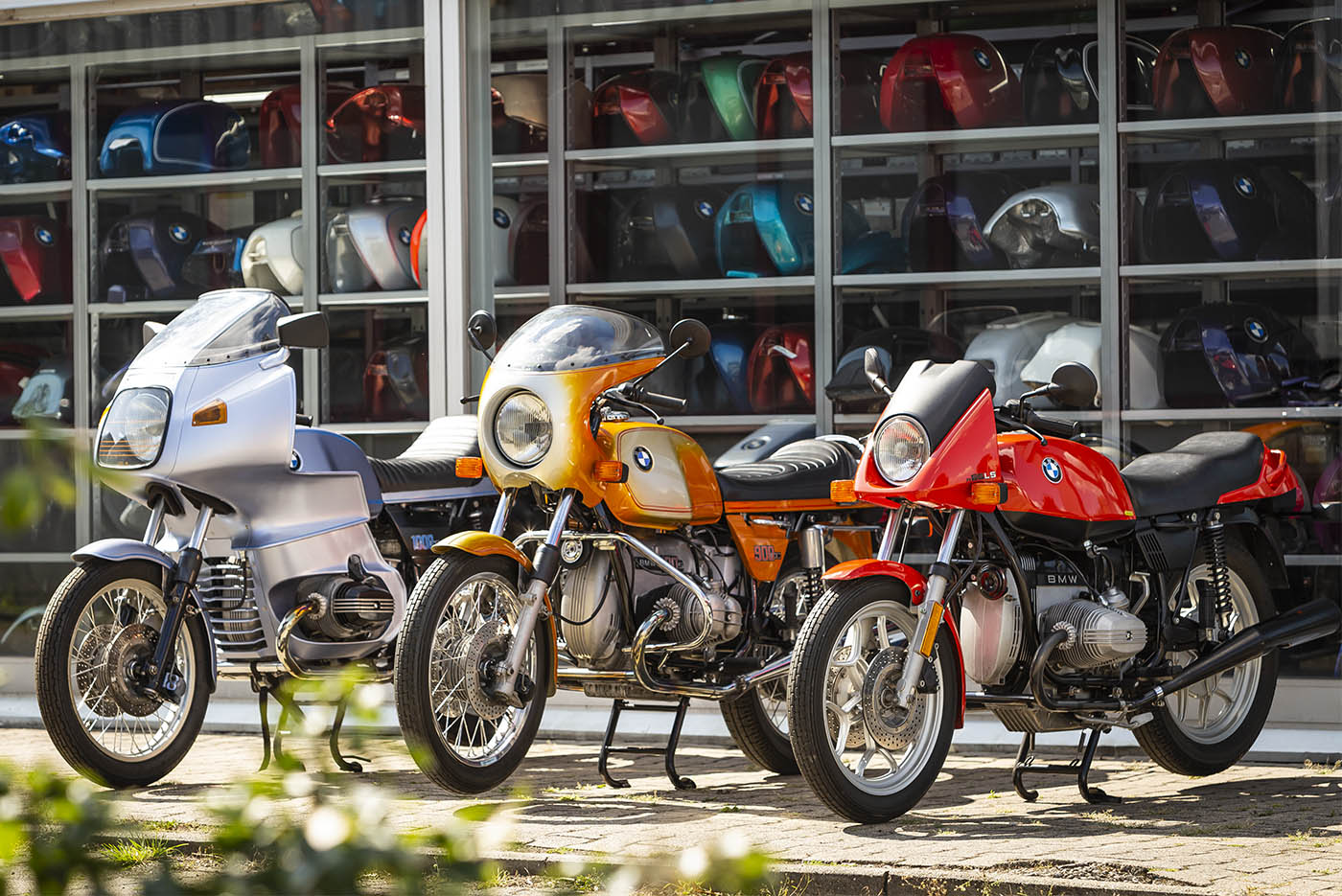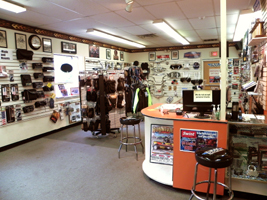Important Motorcycle Parts NZ for Peak Performance and Security
Important Motorcycle Parts NZ for Peak Performance and Security
Blog Article
Understanding Motorbike Gears: How to Optimize Your Riding Experience
In the world of motorcycling, grasping the art of gear adjustment is vital for improving your riding performance. Effectively using and understanding bike equipments can substantially impact control, fuel, and velocity effectiveness, transforming an ordinary trip into a smooth, exciting journey. By including exact shift timing and adjusting gear selection to numerous road conditions, cyclists can guarantee optimal engine efficiency and safety. The subtleties of clutch control, throttle coordination, and equipment auto mechanics beckon a much deeper exploration, promising to open the complete potential of your equipment. Exactly how can these techniques be taken advantage of to truly enhance your riding experience?
Understanding Equipment Mechanics
At the core of bike dynamics, gear technicians play an essential role in transforming engine power right into motion, inevitably determining speed and control. The equipment proportions, very carefully developed, identify the partnership in between engine revolutions and wheel turns, influencing acceleration and fuel effectiveness.
Comprehending equipment auto mechanics starts with identifying the importance of the gearbox, which houses several gears of differing dimensions. These gears interact via a process understood as meshing, where teeth of various equipments engage to transfer power.
Moreover, the idea of equipment changing is integral to making the most of performance. Smooth and prompt changes ensure that the engine operates within its optimal power band, protecting against unneeded strain and improving durability (motocross gear). By understanding these mechanical intricacies, bikers can accomplish an unified mix of power, performance, and control, boosting their riding experience
Timing Your Changes
Change timing proficiency is crucial for optimizing motorcycle efficiency and boosting the riding experience. Effectively timed shifts make sure that the engine runs within its ideal power band, which is vital for preserving control, accomplishing smooth acceleration, and making sure the durability of the motorcycle. Riders must develop an intuitive feeling of when to change equipments, which includes understanding the connection between engine revolutions per min (RPM) and rate.
To grasp shift timing, pay close attention to the engine's sound and feel, as these provide vital clues about when to change equipments. The excellent change point normally happens when the engine approaches the top variety of its power band without reaching the redline. Shifting prematurely can bring about an absence of power, while shifting also late might cause unneeded engine stress
In addition, road problems and riding style impact shift timing. In metropolitan settings, smoother and a lot more frequent changes may be needed to browse website traffic effectively. On the other hand, throughout freeway riding, fewer shifts at greater speeds can be better suited. Practicing in different settings will improve your capacity to time shifts exactly, inevitably raising your riding experience to an expert level.
Enhancing Gas Efficiency
While grasping bike equipments is important for efficiency, enhancing fuel effectiveness is similarly essential for both environmental and economic reasons. Ideal gas intake not just lowers operational prices yet also reduces the eco-friendly impact of riding. To attain this, one have to recognize the intricate relationship in between equipment selection and engine performance.
Firstly, choosing the best gear at proper speeds can substantially affect fuel usage. Riding in a higher gear at lower rates can bring about engine hauling, which is detrimental to both gas economic situation and engine wellness. Alternatively, riding in reduced equipments at high speeds results in unnecessary gas intake. Therefore, preserving an optimal balance by shifting equipments abreast with roadway problems and anticipated maneuvers is important.
Additionally, normal upkeep plays a critical role in fuel efficiency. Ensuring that the bike is well-tuned, with clean air filters and correctly blew up tires, can lower and improve aerodynamics gas waste. Taking on a riding style that welcomes progressive velocity and smooth deceleration can add to much better gas economic climate.

Strategies for Smooth Transitions
Accomplishing smooth equipment shifts is basic to improving the riding experience and guaranteeing the long life of a motorbike's transmission system. Correct gear go to my blog moving not just adds to a smooth adventure but also lessens damage on the mechanical components. To master the art of smooth shifts, cyclists should concentrate on a couple of key methods.

Second of all, clutch control plays a pivotal role. Engaging and disengaging the clutch smoothly needs method. The clutch bar must be released progressively, permitting a seamless transfer of power from the engine to the wheels without triggering a jolt or abrupt movement.

Adapting to Roadway Problems
Navigating diverse roadway conditions is an important skill for any motorcyclist intending to keep control and security. Whether you're riding on wet surface areas, crushed rock roads, or browsing doglegs, your ability to adjust your equipment usage and riding strategy is vital. Comprehending exactly how to readjust your equipments properly can considerably influence grip and security, guaranteeing a more secure trip.
In comparison, when riding on gravel or unequal terrain, reduced gears are more suitable. Lower gears provide much better control and permit you to respond more promptly to unexpected modifications in the road surface area.
Sharp contours cheap helmets near me demand specific gear monitoring to balance rate and control. Downshifting prior to getting in a contour can assist preserve energy while making certain the bike remains secure throughout the turn. Constant practice in different conditions enhances your ability to react and predict to changes in road appearance and slope.
Verdict
Mastering motorbike equipments significantly enhances the riding experience by improving acceleration, fuel, and control effectiveness. Adapting equipment choice to various roadway problems, such as utilizing higher equipments on wet surfaces and hop over to here reduced gears on gravel, more improves handling and safety.
Understanding equipment technicians starts with recognizing the value of the transmission, which houses multiple equipments of varying sizes. These equipments communicate via a procedure known as meshing, where teeth of various gears involve to send power (mx gear nz). Mild adjustments to the throttle during equipment shifts can prevent jerky movements and maintain a constant riding rate
Whether you're riding on damp surface areas, crushed rock roads, or browsing sharp turns, your capability to adjust your gear usage and riding strategy is critical. Adjusting gear option to numerous road conditions, such as making use of higher equipments on damp surface areas and reduced equipments on crushed rock, more improves handling and security.
Report this page